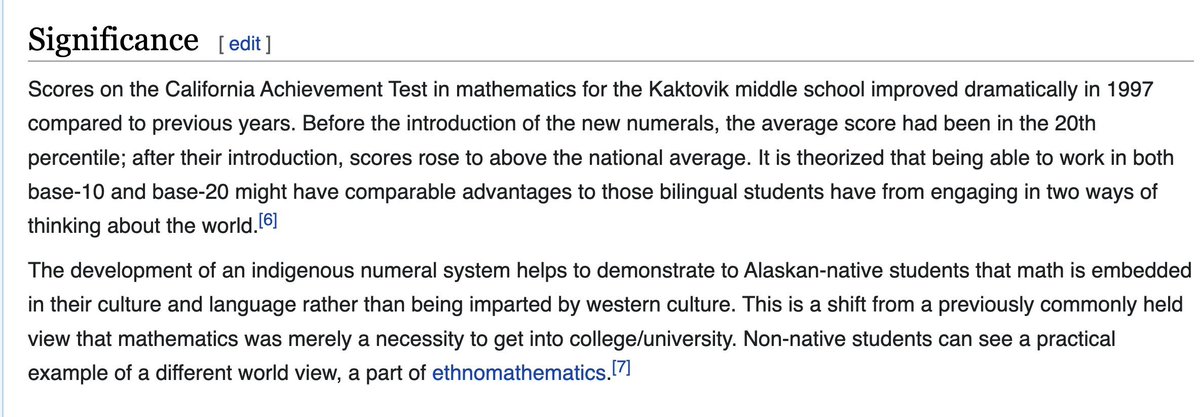Good read artsy.net/article/artsy-…
• • •
Missing some Tweet in this thread? You can try to
force a refresh
This Thread may be Removed Anytime!
Twitter may remove this content at anytime! Save it as PDF for later use!

@threadreaderapp unroll
Practice here first or read more on our help page!






